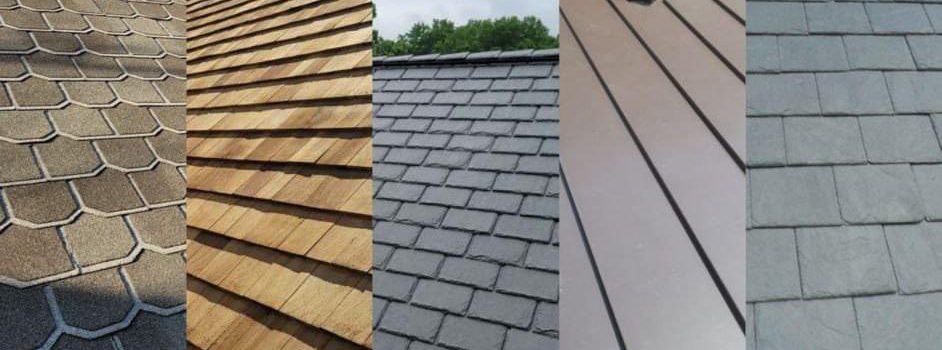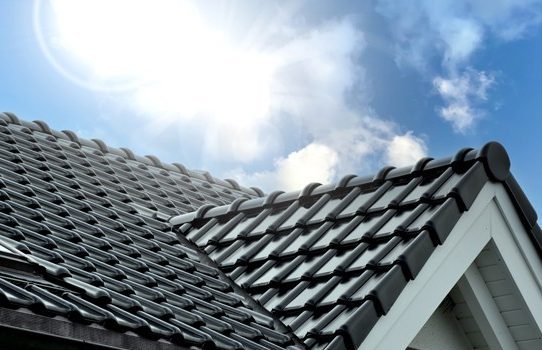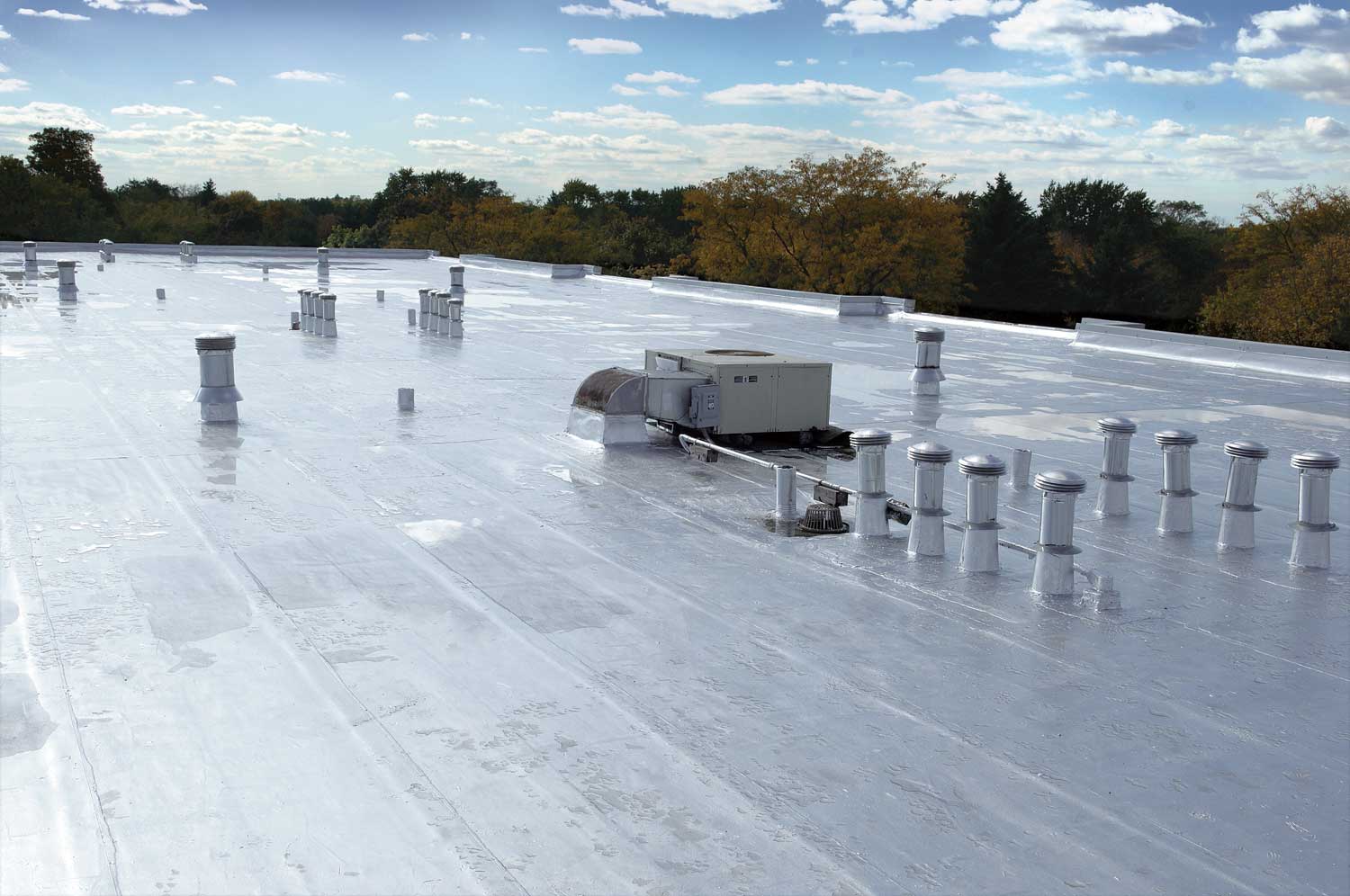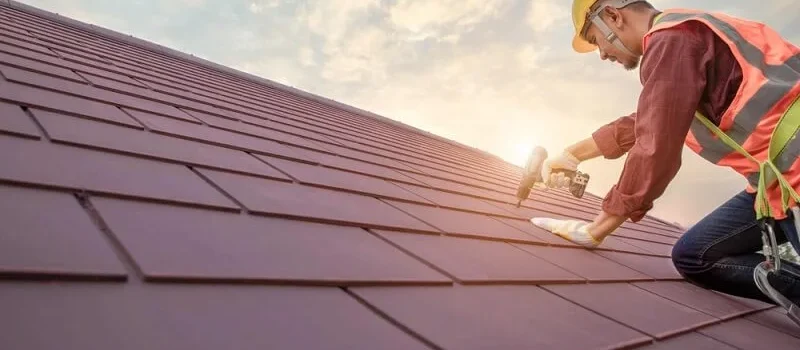What Are The Most Durable Roofing Materials?
When you are looking for roofing services in the San Diego area, two important things should be on your mind, which is durability and longevity. Roof installations can cost a lot of money and only happens once in a long time, so you should give it a lot of thought, especially as it concerns the lifespan of your roof.
Several factors affect the longevity of your roof, including its design, the level of expertise used in the installation, as well as the prevailing weather conditions. All things being equal, most roofs have a lifespan ranging between 30 and 40 years, or even longer with proper maintenance.
To choose the perfect roofing material for your roof installation or replacement, you need to find out the life spans of different roofing materials and decide which one suits your mood best.
The average roofing material has a lifespan of 20 years, but many roofing materials have longer lifespans, especially when you have a good roofing maintenance culture.
Here’s a Quick List before we get into the full details
- Steel or Metal – 50 years and above
- Concrete and Tile – 50 years and above
- Slate – 50 years
- Single ply – 25 to 30 years and above
- Foam – 20 to 30 years
- Wood Shakes and Shingles– 15 to 30 years
- Built-up – 15 to 30 years
Now that we have the quick list sorted out, let us focus on the most common roofing materials for residential roofs, as well as their features.
-
Asphalt Shingle
This roofing material is most commonly used across the United States, and its popularity is tied to its affordability and ease of installation. But, its lifespan isn’t as long as some other roofing materials as it lasts between 10 and 30 years.
However, you can get the most out of your asphalt shingle’s lifespan when you use the best quality materials, ensure that installation is done with the most expertise, and maintenance is frequent. However, environmental factors cannot be helped, but you should always repair the roof when necessary.
-
Shingle and Wood Shake
These two roofing materials are often grouped together and equally loved because of their aesthetic value as they come in a wide range of colors. They also have a good lifespan despite being wooden panels. In moderate climates, they work well and can last for up to 30 years. If you are very big on maintenance, it wouldn’t be impossible for your wood shake to last up to 50 years. However, if you live in an area like San Diego County that is prone to fires, especially seasonal fires, these options aren’t the best for you.
-
Metal
Of all the roofing materials, metal roofs have the most durability and weather resistance. They are also resistant to other elements, including fire. If you add all these to their eco-friendliness and a lifespan of up to 50 years, you can be sure that metal roofs are a great investment.
Metal roofs are perfect for cold climates and harsh weather because of their durability. They often last up to 70 years for people who are able to maintain them judiciously.
When you install a Class-4 Hail impact-resistant metal roof, you can enjoy up to 30% on home insurance and save a lot of money long term, despite the initial high purchase cost.
If you’re leaning towards a metal roof but you’re not sure what type of material or panel to purchase, then reach out to us and we’ll invite you to our showroom where you can see the different metal roofing materials and get free advice on which option to choose.
-
Tile
Another roofing material that is loved because of its aesthetic value is the tile roof. It is either made from ceramics, terracotta clay, or concrete. Tile roofs are quite heavy and are prone to breaking if they are exposed to the wrong conditions especially extreme heat and heavy rains that can occur in San Diego.
If you’re able to maintain your tile roof properly, it could last for up to 50 years. But in terrible or extreme weather, you might need to change or replace this roof too often. If you like tile roofing but don’t know if it’s right for you, then reach out to us and we’ll give you a free estimate after our inspection.




